Front hub bearings make rattling and/or noise. Knocking comes from excessive play in the bearings, and noise due to wear on the treadmill of the separators and bearing rollers.
Diagnostics can be carried out on a flat area, a viewing ditch or a lift.
Test number 1. Raise the left side of the car with a jack (you can use a standard one) (for safety, put a stand under the car). Spin the wheel sharply by hand. It should turn without a hum, which is similar to the noise of a large metal ball rolling on a flat metal surface. If such a sound is present, then it means the development of raceways of separators and bearing rollers. In this case, the bearings must be replaced.
Test number 2. Grasp the upper inner part of the wheel with your left hand, and the lower outer part with your right hand. Shake the wheel "on a break". If the wheel does not dangle, and there are no extraneous knocks, then everything is OK. If it dangles, eliminate the play in the hub bearing.
Ball joints make a thud and/or squeak. These sounds are well audible when driving over bumps and on rough roads.
Carry out diagnostics on a flat platform, overpass or inspection ditch, but in no case on a lift. Otherwise, the suspension will be loaded, and you will not be able to determine the malfunction of the ball joints. It is more convenient to work together.
To identify a malfunction, raise the car by the lower arm with a hydraulic or screw jack. If such a jack is not available, then you can use a regular one. Raise the car with it, and then substitute a wooden block under the lower lever and lower the car onto it. Grasp the upper inner part of the wheel with your left hand, and the lower outer part with your right hand. Shake the wheel "on a break". The second person, alternately applying his hand to the upper and lower parts of the steering knuckle at the attachment points of the ball bearings, must determine which of them has play. Replace defective support. Sometimes backlash happens in two supports at once. Check the ball joints on the other side in the same way.
Very often you can hear a creak when the car is rocking by the front fender or bumper. This is the ball bearings creaking due to the lack of lubrication between the ball bearing and the Teflon bushing. Such a support is not dangerous yet, but, know that, it will soon require replacement.
Steering gearbox . Due to the wear of the main pair of worm-roller, a knock occurs. When turning the steering wheel in different directions, a creak is sometimes heard.
Carry out diagnostics on a flat platform, overpass or inspection ditch, but in no case on a lift. Otherwise, the steering will be loaded, and you will not be able to determine the malfunction. Grab the steering gear with your hand and swing it up and down. If there is play and / or knock, eliminate it with an adjusting screw.
The squeak is eliminated with WD-40 liquid lubricant. Spray it on the steering shaft where it exits the engine compartment.
The pendulum does not make any unpleasant sounds by ear, unless it is completely launched. It wears out a pair of pendulum bushings-arm axle. The pendulum is checked in the same way as the steering gear. If play is found, tighten the adjusting nut or replace the bushings or the entire arm assembly.
Steering rods and tips have a similar knock, like ball joints, and it only appears on rough roads.
To determine a malfunction in the steering rods and tips, you must be completely sure that the bipods of the steering gear and swingarm have no play.
Grab your hand closer to the tie rod end (lateral or middle). Rock it up and down. The ball pin in the hinge body is spring-loaded, and therefore, if a certain force is applied to it, it can move. But at the same time, he should not hang out freely. If there is play, replace the ball joint with a new one.
Shock absorbers usually do not annoy with their "sounds". But if they are, then they are well audible on a rough road.
Their disease is wear of rubber bushings, pillows, oil leakage, illiterate installation. Rock each side of the car and listen for knocks. At the same time, you must be sure that everything that was mentioned above is in perfect order. Check shock absorbers. Grasp the upper and lower parts of the shock absorber alternately with your hand and shake it. You can immediately determine the wear of bushings, pillows and illiterate installation - the shock absorber will move freely or almost freely. If the bushings are worn, replace them. In case of illiterate installation, tighten the bolts and nuts of the shock absorber.
Oil leakage from the shock absorber is detected visually - smudges and dirt adhering to these places will be visible on the body. This shock absorber needs to be replaced. I remind you that shock absorbers are changed only in pairs: on the right and on the left, but the front and rear pair can be changed separately.
Brake pads sometimes whistle. When accelerating, the whistling turns into a monotonous whistle, and may disappear in the future. A grinding noise is heard when the brake pedal is pressed.
If there is a suspicion that a nasty squeak when accelerating comes from the pads, then lightly press the brake pedal. If the sound is gone, change the pads.
If, after pressing the brake pedal, a rattle is heard, and an exclamation mark is lit on the dashboard, you need to urgently replace the pads, and possibly the brake discs, if you have been driving with such a rattle for a long time.
The springs can make the sound of metal parts of the car rubbing against each other. It occurs only on bumps.
The spring may creak after replacement and / or removal-installation due to the fact that it was not put exactly in the same place. There is only one way out - to install it correctly, deploying it exactly to its original place. To do this, you will have to disassemble the suspension again.
The anti-roll bar makes a dull thud, which is very hard to hear on rough roads. You can determine it on the flyover.
Grasp the stabilizer in turn near each bushing and shake it up and down. If the side bushings are worn out, you can only change them, if the middle ones, you need to change the entire stabilizer (complete with bushings). The bushings wear out at a run of about 60 tons. Km.
A specific ringing tinny sound is due to the fact that the exhaust pipe of the muffler is beating against the anti-roll bar. There is a sound on the bumps. The surface of the pipe at the point of contact is shiny or even slightly crumpled. More often this happens due to the fact that the band clamp securing the intake pipe to the gearbox has broken. If the mounting of the exhaust system is normal, then the sound is eliminated by lining two metal plates 2-3 mm thick under the stabilizer brackets or by replacing the engine mounts.
With all the faults listed above, taken individually or in total, the behavior of the car on the road worsens.
http://www.primera-club.ru/f/baza-znaniy-obshie/13147-shumit-stuchit/
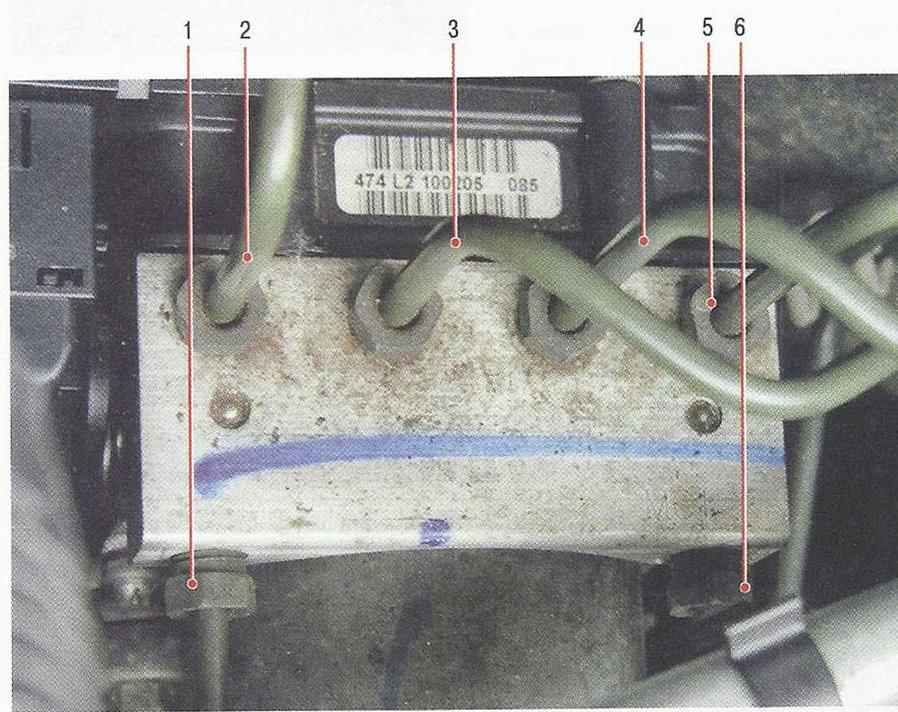
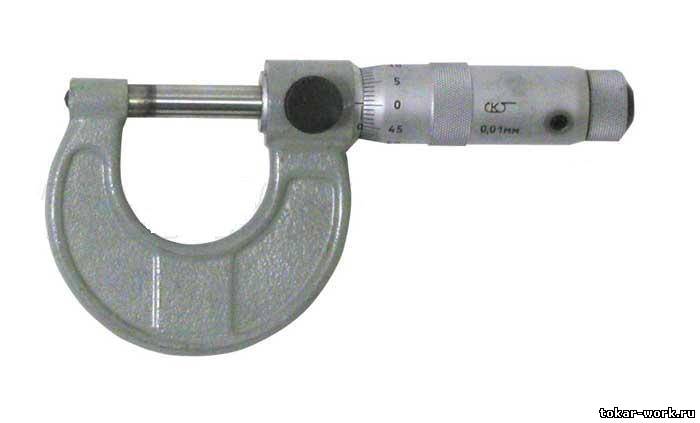
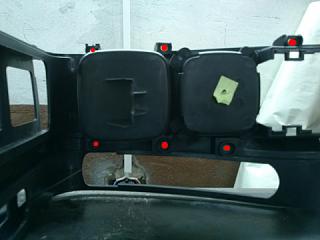
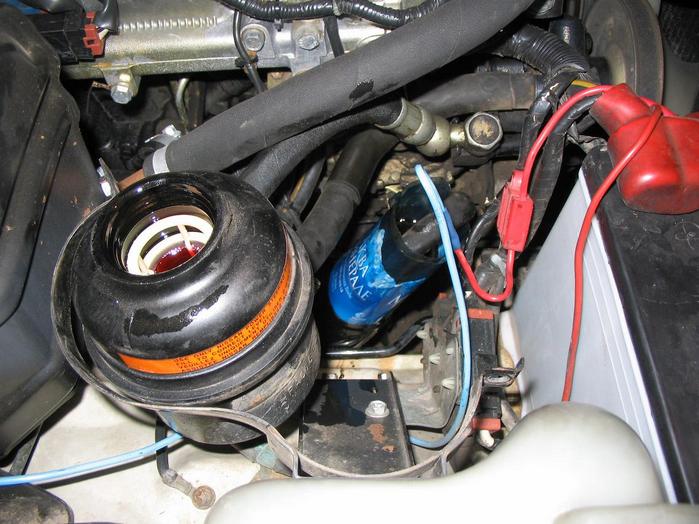
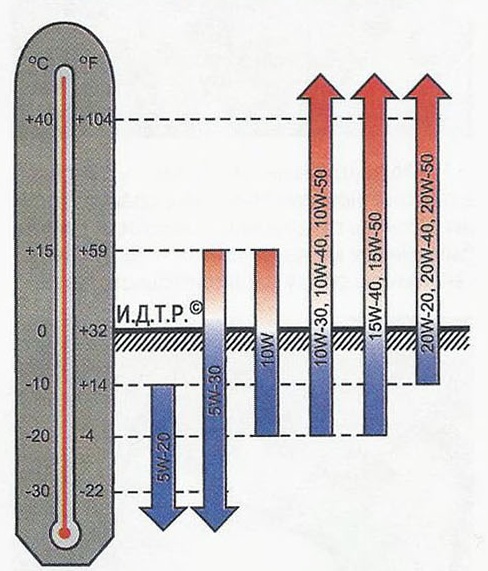
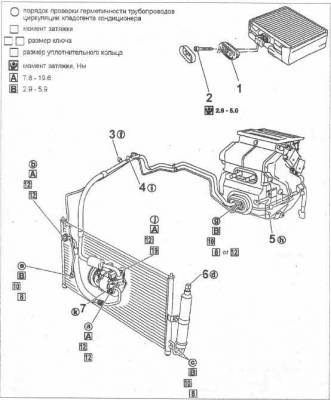
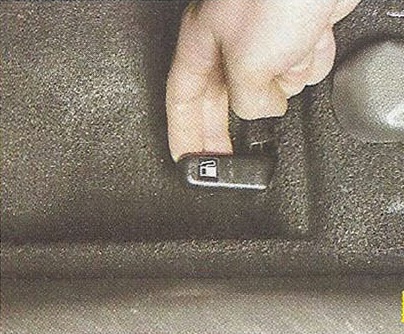
![P12 [2001 - 2008]](/uploads/Nissan_Primera_Primera_1.9_DCi_Sedan.jpg)
